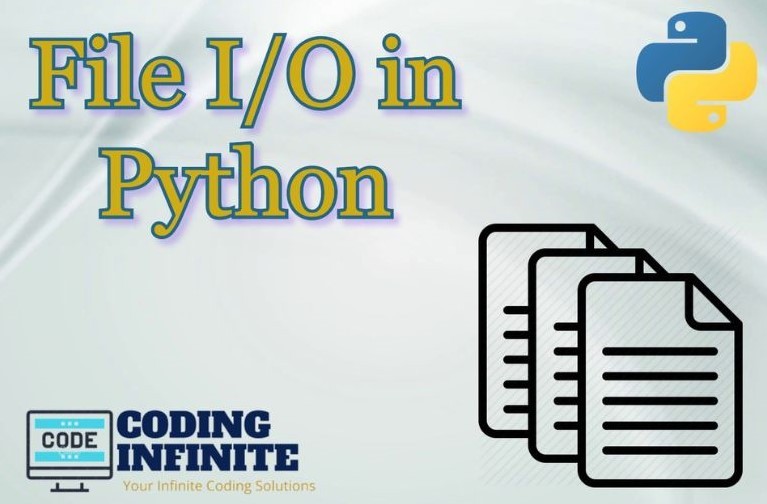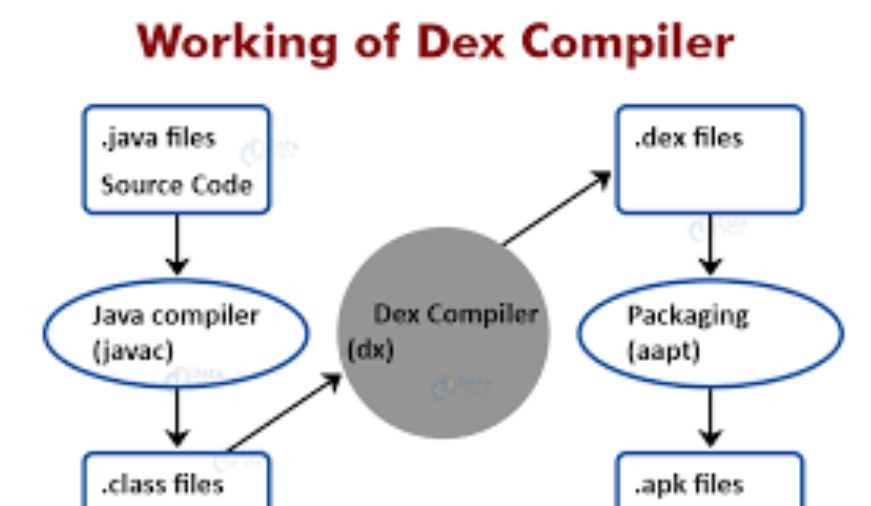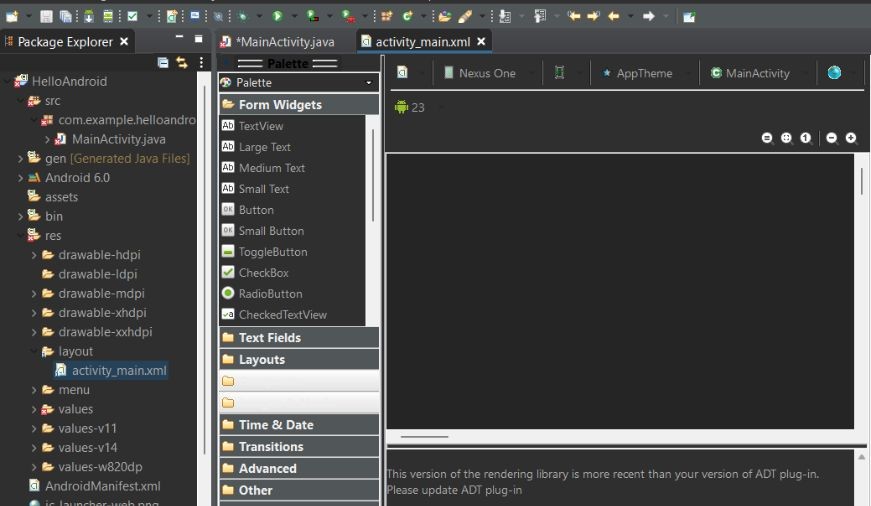
what is python files Io
File handling simply means to open a file and to process it according to the required tasks. Python facilitates several functions to create, read, write, append, delete and close files.
❏ Open File:
To open a file in Python, open() function is used.
Syntax:
f = open(“filename“, “mode“)
Filename: This parameter specifies the name of the file to be opened.
Mode: This parameter specifies the mode in which the file should be opened.
Different MODES of open function:
| $mode | MODE | DESCRIPTION |
| r | Read only mode | Pointer starts from the beginning of the file. |
| w | Write only mode | Overwrites the existing file or creates a new file if it doesn’t exist. Pointer starts from the beginning of the file. |
| a | Write only mode | Continues writing in the existing file or creates a new file if it doesn’t exist. Pointer starts from the end of the file. |
| r+ | Read Write mode | Pointer starts from the beginning of the file. |
| w+ | Read Write mode | Overwrites the existing file or creates a new file if it doesn’t exist. Pointer starts from the beginning of the file. |
| a+ | Read Write mode | Continues writing in the existing file or creates a new file if it doesn’t exist. Pointer starts from the end of the file. |
| rb | Read only mode in Binary format. | Pointer starts from the beginning of the file. |
| wb | Write only mode in Binary format. | Overwrites the existing file or creates a new file if it doesn’t exist. Pointer starts from the beginning of the file. |
| ab | Write only mode in Binary format. | Continues writing in the existing file or creates a new file if it doesn’t exist. Pointer starts from the end of the file. |
| rb+ | Read Write mode in Binary format. | Pointer starts from the beginning of the file. |
| wb+ | Read Write mode in Binary format. | Overwrites the existing file or creates a new file if it doesn’t exist. Pointer starts from the beginning of the file. |
| ab+ | Read Write mode in Binary format. | Continues writing in the existing file or creates a new file if it doesn’t exist. Pointer starts from the end of the file. |
❏ Close File:
To close a file in Python, close() function is used.
Syntax:
f.close()
❏ Read File:
● To read a file in Python, read() function is used.
Syntax:
f.read()
To read a line of a file in Python, readline() function is used.
Syntax:
f.readline()
❏ Write File:
To write a file in Python, write() function is used.
Syntax:
f.write(statement)
❏ Delete File:
● To delete a file in Python, os is imported and then os.remove() function is used.
Syntax:
import os
os.remove(“filename“)
To delete a folder in Python, os is imported and then os.rmdir() function is used.
Syntax:
import os
os.rmdir(“filename“)
Python File Handling Methods:
| METHODS | SYNTAX | USES |
| rename() | os.rename(“existing_file_name”, “new_file_name”) | To replace the existing python file name with a new python file name. |
| remove() | os.remove(“file_name”) | To delete a python file. |
| mkdir() | os.mkdir(“file_name“) | To create a directory to store python files. |
| chdir() | os.chdir(“file_name“) | To change the current working directory. |
| rmdir() | os.rmdir(“directory_name”) | To delete a directory. |
| tell() | – | To get the exact position in the python file. |
| getcwd() | os.getcwd() | To get the current working directory. |
Example:
f = open("pythonex.txt", "w")
f.write("HELLO PYTHON!\nPython facilitates several functions to create, read, write, append, delete and close files.")
f.close()
f = open("pythonex.txt", "r")
b = f.read()
print b
f.close() |



0 comments